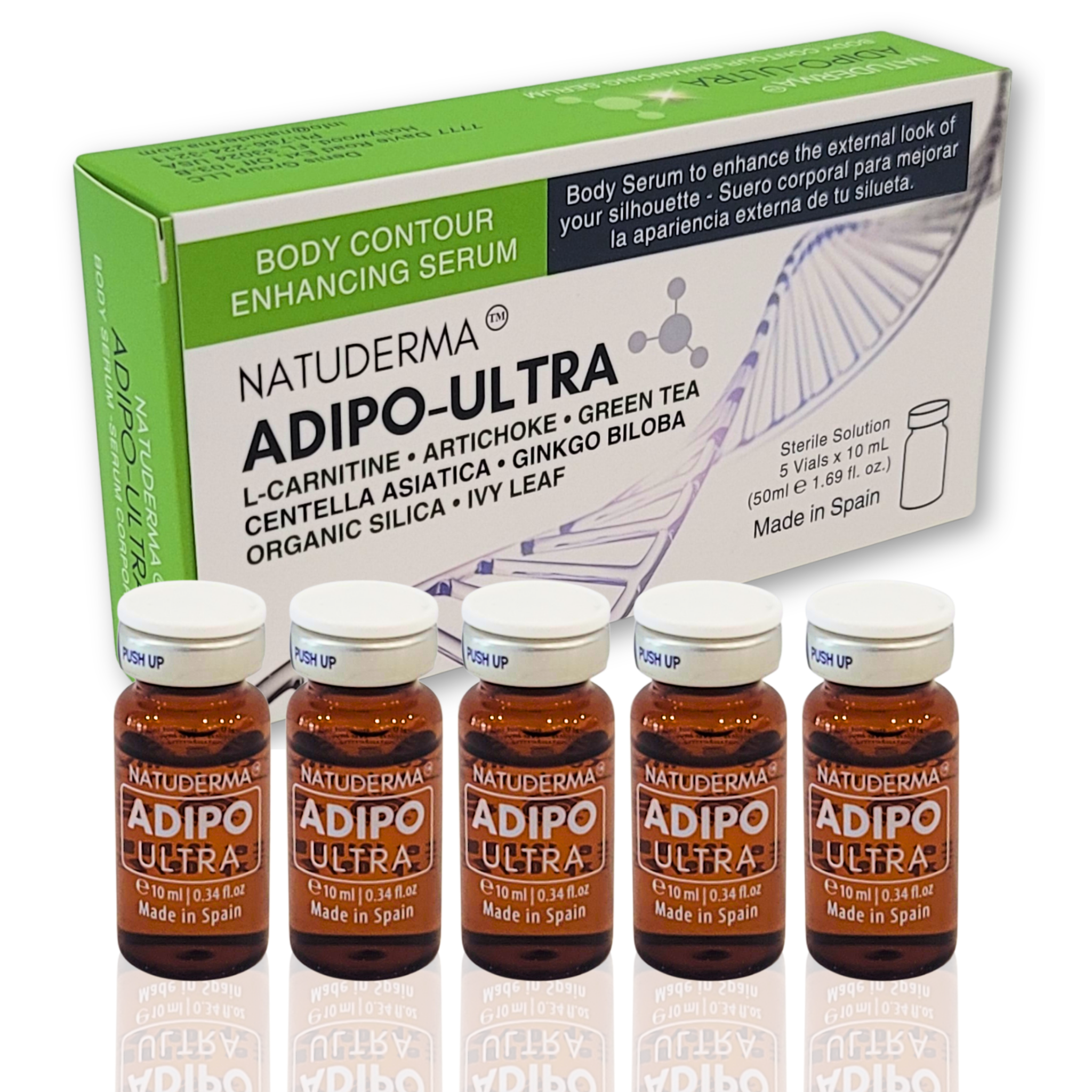Tratamiento del melasma: comparación entre ácido tranexámico tópico y microagujas
¿Qué es el melasma?
El melasma es una afección cutánea común que se caracteriza por manchas oscuras y decoloradas. Es especialmente frecuente en mujeres, sobre todo durante fluctuaciones hormonales como el embarazo o el uso de anticonceptivos orales. Suele aparecer en las zonas del rostro expuestas al sol, como las mejillas, el puente de la nariz, la frente, el mentón y por encima del labio superior.
¿Cómo reconocemos qué tipo de melasma es?
El melasma se clasifica principalmente en tres tipos según la profundidad de la deposición de pigmento:
- Melasma epidérmico : se caracteriza por una coloración marrón oscura, con bordes bien definidos, visible bajo luz ultravioleta y que responde al tratamiento.
- Melasma dérmico : Se presenta como manchas de color marrón claro o azulado, con bordes difusos. Este tipo se localiza en zonas más profundas de la piel y puede ser más difícil de tratar.
- Melasma mixto : una combinación de tipos epidérmicos y dérmicos, que aparecen como manchas marrones con un tinte azulado.

¿Cuál es el mejor método para el tratamiento del melasma?
Comparamos la eficacia de las aplicaciones tópicas de ácido tranexámico con métodos más invasivos como la microaguja y las microinyecciones. Como dermatólogo, Lennis Denis, mi objetivo es proporcionar a esteticistas y clientes una comprensión clara de estas modalidades de tratamiento, respaldadas por la investigación científica.
Ácido tranexámico tópico :
- Facilidad de uso : Las aplicaciones tópicas no son invasivas y se pueden integrar fácilmente en las rutinas diarias de cuidado de la piel.
- Eficacia : si bien es eficaz para algunas personas, el ácido tranexámico tópico a menudo muestra resultados más lentos y menos pronunciados en la reducción del melasma, como señalaron Badran et al. (2021), quienes observaron la menor reducción en los puntajes del índice de gravedad y área del melasma (MASI) con tratamientos tópicos.
Microagujas y microinyecciones :
- Entrega directa : estos métodos implican la entrega directa de ácido tranexámico en las capas dérmicas, lo que mejora potencialmente su eficacia.
- Mayor eficacia : Estudios como los de Lee et al. (2006) y Badran et al. (2021) han demostrado que las microinyecciones pueden provocar una disminución más significativa en las puntuaciones MASI, lo que sugiere un efecto más potente sobre el melasma en comparación con las aplicaciones tópicas.
Pros y contras:
Ventajas :
- Aplicación tópica : No invasiva, más segura con efectos secundarios mínimos, adecuada para uso a largo plazo.
- Microagujas/Microinyecciones : Resultados más rápidos, reducción más significativa de la pigmentación.
Contras :
- Aplicación tópica : Los resultados más lentos pueden ser menos efectivos en casos de melasma severo.
- Microagujas/Microinyecciones : Más invasivas, potencial de efectos secundarios, requiere supervisión clínica.

Conclusión:
Si bien el ácido tranexámico tópico ofrece un enfoque más seguro y sencillo para el tratamiento del melasma, el uso de microagujas y microinyecciones puede proporcionar mejoras más drásticas y rápidas en la pigmentación de la piel. La combinación de estos tratamientos, como recomiendo, puede ofrecer beneficios integrales, garantizando mejoras tanto superficiales como profundas en la piel.
Citas:
- Badran, AY, Ali, AU y Gomaa, AS (2021). Eficacia de la inyección tópica versus intradérmica de ácido tranexámico en pacientes con melasma egipcio: Un ensayo clínico aleatorizado. Revista Australasiana de Dermatología, 62(3), e373-e379. https://doi.org/10.1111/ajd.13575
- Lee, JH, Park, JG, Lim, SH, Kim, JY, Ahn, KY, Kim, M.-Y. y Park, YM (2006). Microinyección intradérmica localizada de ácido tranexámico para el tratamiento del melasma en pacientes asiáticos: un ensayo clínico preliminar. Journal of Dermatological Treatment, 17(4), 223-227. https://doi.org/10.1111/j.1524-4725.2006.32133.x





Dejar un comentario